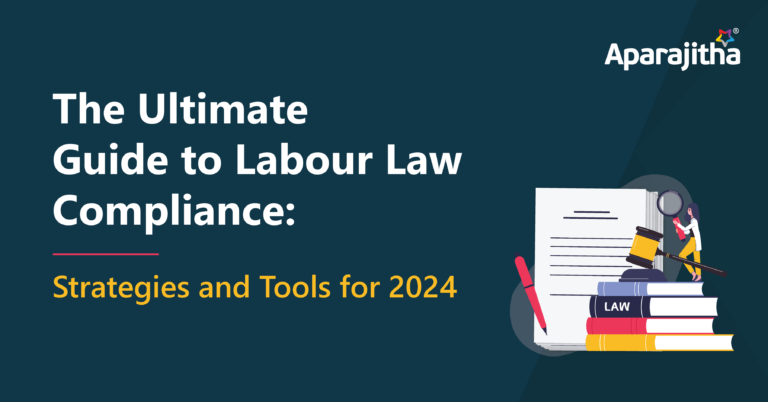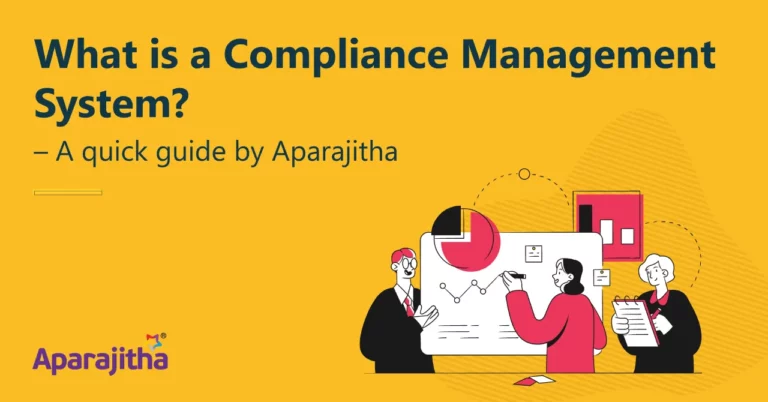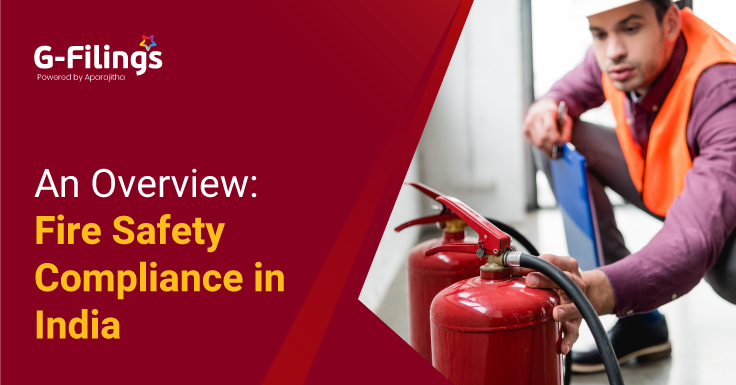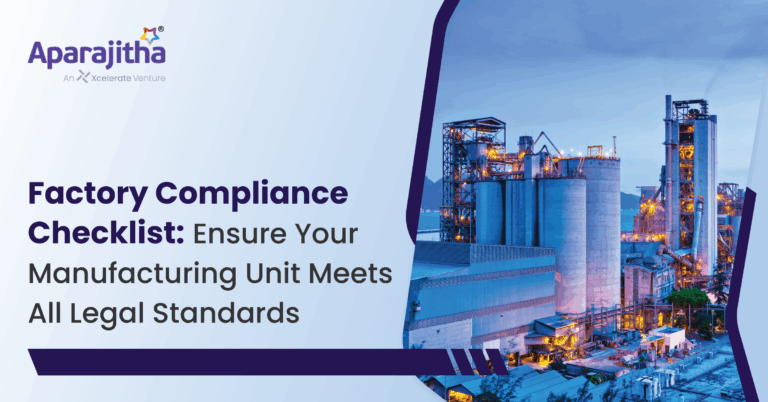The Supreme Court’s Judgement on 04th Nov’22, has upheld the constitutional validity of Employee’s Pension (Amendment) Scheme, 2014, but extended the timeline by FOUR months for the members to exercise their option to avail higher rate of pension if contribution was deposited on their FULL wages prior to 01st Sep’2014.
Gist of the Supreme Court’s Judgment dt. 04th Nov’2022 are as of the following:
- The provisions contained in the notification dated 22nd Aug’2014 issued under EPS are legal and valid.
- Amendment made to the pension scheme applies to both the employees of the exempted & un-exempted establishments.
- The employees who had exercised option for pension on higher salary and continued to be in service as on 01st Sep’2014 can exercise option afresh under paragraph 11(4) of the scheme within a period of 4 months from the date of judgment (i.e.) 04th Nov’2022.
- The members of the scheme, who did not exercise option but against whom the employer was depositing contribution on their full wages, can exercise option afresh under paragraph 11(4) of the scheme within a period of 4 months from the date of judgment (i.e.) 04th Nov’2022.
- The employees who had retired prior to 01st Sep’2014 without exercising any option will not be entitled to the benefit of this judgment.
- The employees who have retired before 01st Sep’2014 upon exercising option for pension on higher salary shall be eligible to receive benefit as it stood prior to the amendment of 2014.
- Amendment which mandated the members to continue to contribute at the rate of 1.16 % of their salary exceeding Rs.15,000/- per month as an additional contribution is held to be ultra vires to the provisions of the 1952 Act. However, EPFO can collect this amount from the members for a period of 6 months as a stop gap measure. The same shall be adjusted in accordance to the alteration to the scheme which shall be made within a period of 6 months by EPFO.
- Pensionable salary shall be computable on the average wages of 60 months instead of 12 months.
- The directives contained in the judgment (RC Gupta v. RPFC) be implemented within a period of eight weeks subject to the aforesaid points.
Faq’s
Q1. Who are eligible to be enrolled under EPS?
Employees drawing wages less than Rs.15, 000/- p.m. are eligible to be enrolled under EPS.
Q2. Who are not eligible to be enrolled under EPS?
Employees who were not a member of EPS and drawing wages more than Rs.15, 000/- p.m. are not eligible to be enrolled under EPS w.e.f 01 st Sep’2014.
Q3.Is the amended provision to avail higher rate of pension of 2014 EPS Scheme applicable to employees of Exempted establishment?
Yes, Employees of exempted establishments are also eligible to avail the benefit as applicable to employees of un-exempted establishment.
Q4. Employees against whom contribution made on their full wages with the consent by both the employee and employer – Do they need to submit joint declaration afresh?
Yes. Such joint declaration be submitted within a period of 4 months from the date of judgment (04 th Nov’2022)
Q5.Employees against whom contribution made on their full wages with or without exercising the option to avail higher rate of pension – Do they need to submit joint declaration afresh?
Yes. Higher rate of pension shall be computed on 60 months average wages if such person was on the rolls on or after 01 St Sep’2014. If otherwise, higher rate of pension shall be computed on 12 months average wages in accordance to pre amended scheme.
Q6. Employees against whom contribution made on their wages restricted to Rs.5,000/- or Rs.6,500/- as the case may be and retired from service before 01st Sep’2014 – Do they have an option to avail higher rate of pension now by submission of joint declaration by both employer and employee?
No, they cannot avail.
Q7. Do employees have to additionally contribute 1.16% of their wages to avail the higher rate of pension?
Although the provision has been struck down by the Supreme Court, since the operation of this part has been suspended for 6 months, employees need to contribute now which shall be adjusted subsequently.
Team –Compliance Knowledge Hub
Aparajitha
Disclaimer: “The article represents the opinions of the author and the author is soley responsible for the facts, cases and legal or otherwise reproduced in the article”







